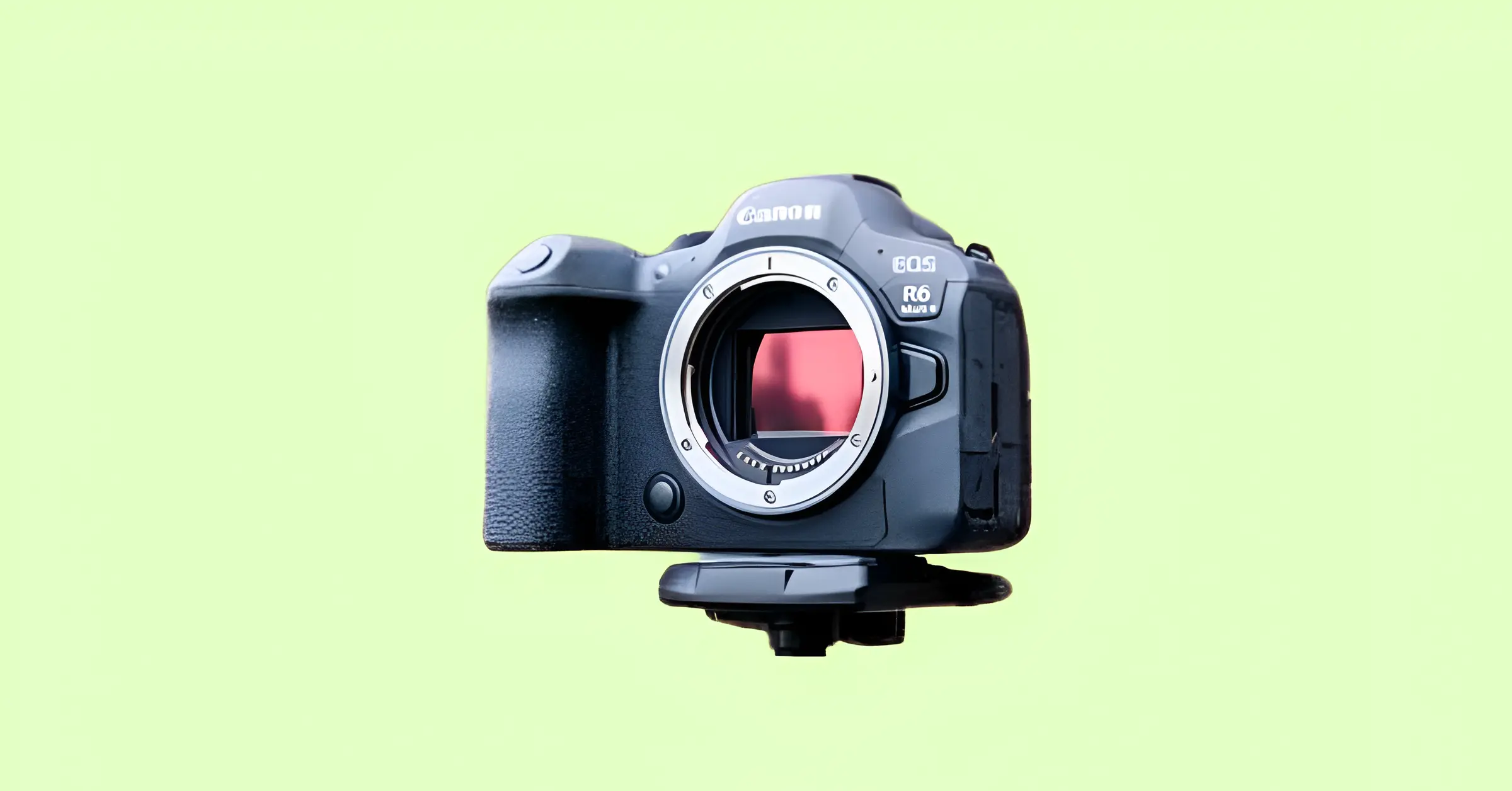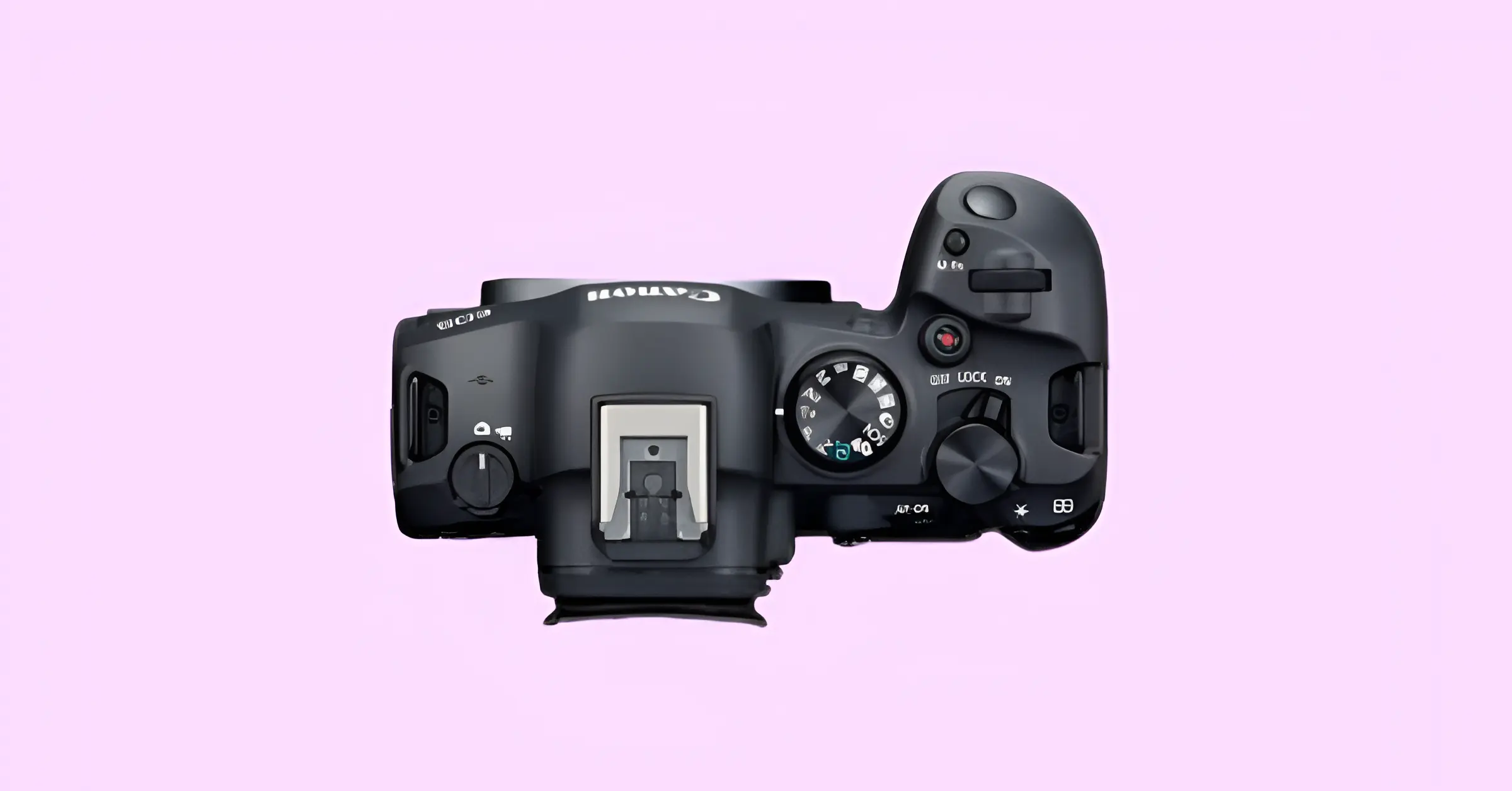Canon R6 Mark III
Canon EOS R6 Mark III Launch: 32.5MP Sensor, 7K Video and Next-Gen Autofocus Revealed – Discover Canon’s latest hybrid camera packed with a 32.5MP sensor, improved image stabilization, 7K recording, and pro-level features designed for creators.
Canon has officially launched its latest full-frame mirrorless camera, the EOS R6 Mark III, and it’s shaping up to be a game-changer for photographers and filmmakers. Packed with a 32.5-megapixel sensor, 7K RAW video recording, and advanced autofocus technology, this new model combines power and versatility in one impressive package. The camera will go on sale on November 25 for $2,799 (body only) or in bundles that include the RF 24–105mm STM lens for $3,149 and the RF 24–105mm L lens for $4,049.
The R6 Mark III targets creators who want professional-grade performance without the hefty price tag of Canon’s higher-end models like the EOS R5 Mark II. Compared to its predecessor, the R6 Mark II, which had a 24MP sensor, the Mark III’s 32.5MP chip provides a significant resolution boost, delivering sharper images and more detail. The new sensor also opens the door to powerful video features, including 7K RAW recording at 60 frames per second, 7K open-gate video at 30 fps, and smooth 4K slow-motion capture at up to 120 fps. Canon has included support for Canon Log 2 and Log 3, which allows greater flexibility in color grading and dynamic range, a feature that filmmakers and video professionals will love.
The company has clearly focused on usability. The R6 Mark III features a built-in tally light so users can easily tell when recording is active, and Canon has finally upgraded to a full-sized HDMI Type-A port, replacing the delicate micro HDMI connection that many users dislike. On the autofocus front, Canon continues to lead the way with its Dual Pixel AF system, enhanced by the latest Digic X processor and AI-based subject tracking. The autofocus system can now automatically detect and track people, animals, and vehicles, and users can also register specific faces to ensure that the camera prioritizes them during continuous shooting. The system is more responsive in low-light conditions, capable of operating down to -6 EV, making it perfect for events, wildlife, and night photography.
The R6 Mark III doesn’t compromise on speed either. It maintains the same fast shooting rates as the previous model, offering 12 frames per second with the mechanical shutter and an impressive 40 frames per second with the electronic shutter. The addition of a CFexpress card slot allows for faster data management, allowing continuous bursts over long periods of time without any slowdown. Canon has also added a new pre-shooting feature that captures up to 20 frames before the shutter button is fully pressed, ensuring you never miss a key moment—a boon for sports or wildlife shooters.
Canon’s decision to switch from dual SD card slots to a hybrid setup featuring a CFexpress Type B slot and an SD UHS-II slot has sparked debate. While CFexpress cards provide the fast speeds needed for 7K video and burst shooting, they are more expensive and less convenient to manage. However, this compromise is suitable for those who demand top-tier performance.

In terms of design, Canon didn’t reinvent the wheel. The R6 Mark III retains the ergonomic and familiar body design that Canon users love. It has two control dials on the top, another on the back, a joystick, a dedicated photo/video selector, and several customizable buttons for a user-friendly experience. The fully articulating touchscreen is perfect for vlogging or self-recording, though it doesn’t tilt upward like Panasonic’s S1 II screen. The electronic viewfinder clocks in at 3.69 million dots, providing a crisp and clear display that matches rivals like Sony’s A7 IV.
Stabilization has also received a slight boost. The R6 Mark III’s In-Body Image Stabilization (IBIS) now provides up to 8.5 stops of correction, matching some of the best systems on the market and ensuring smooth handheld footage. For professional video users, Canon added waveform monitoring and improved focus transition algorithms borrowed from its cinema camera lineup, giving video shooters more control over focus speed and accuracy. Connectivity options include a 3.5mm microphone and headphone jack, USB-C for faster data transfers, and a full-sized HDMI port.
Along with the R6 Mark III, Canon also unveiled an exciting new lens: the RF 45mm f/1.2 STM. This ultra-bright standard prime lens delivers stunning low-light performance and creamy bokeh in a compact 0.76-pound (346-gram) design. The most surprising thing is its price—at just $469.99, it’s one of the most affordable f/1.2 lenses ever released. Although it is not weather-sealed and requires an additional $59.99 for a lens hood, it is still an incredible deal for photographers looking for a fast, lightweight lens. Canon representatives noted that the lens relies on in-camera correction to maintain image quality, but that this is an acceptable compromise. Canon representatives noted that the lens relies on in-camera corrections to maintain image quality, but that’s an acceptable trade-off at such a low price.
Competition in the mid-range mirrorless market is fierce, and Canon’s new camera enters a crowded field. Nikon’s Z6 III costs $2,500 and features a partially stacked 24MP sensor, while Panasonic’s S1 II has a 24MP sensor capable of 70 fps bursts for $3,200. Sony’s A7 IV, priced at $2,500, offers a similar 33MP resolution but lacks the 7K RAW video capability that Canon now provides. While Canon’s R6 Mark III is slightly more expensive than its direct competitors, its combination of higher resolution, powerful autofocus, and advanced video features make it a compelling choice for hybrid creators.
Ultimately, the Canon EOS R6 Mark III represents a thoughtful evolution rather than a radical redesign. It brings meaningful improvements in image quality, speed, and video performance, while maintaining the usability and reliability that Canon fans expect. For creators who need one camera that can handle both high-quality stills and professional-grade video, the R6 Mark III stands out as one of the most well-rounded options in its class. Canon’s latest move shows that it’s not only keeping pace with competitors like Sony, Nikon, and Panasonic — it’s setting a new standard for what a mid-range full-frame camera can deliver.

